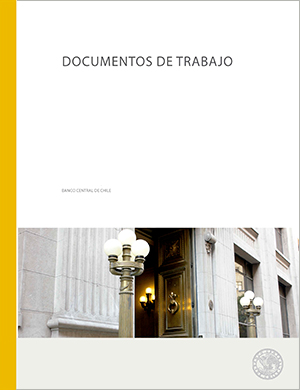Working Papers Nº 602: Chile’s Structural Fiscal Surplus Rule: a Model – Based Evaluation
Publications
Working Papers Nº 602: Chile’s Structural Fiscal Surplus Rule: a Model – Based Evaluation
Autor: Douglas Laxton , Michael Kumhof
Description
The paper analyzes Chile’s structural surplus fiscal rule in the face of shocks to the world copper price. Two results are obtained. First, Chile’s current fiscal rule performs well if the policymaker (i) puts a premium on avoiding excessive volatility in fiscal instruments, and (ii) puts a relatively small weight on output volatility relative to inflation volatility in his/her objective function. A more aggressive countercyclical fiscal rule can attain lower output volatility, but there is a trade-o¤ with somewhat higher inflation volatility and much higher instrument volatility. The ranking of instruments between government spending and labor income taxes depends mainly on the instrument volatility the policymaker will tolerate. Second, given its then current stock of government assets, Chile’s adoption of a 0.5% surplus target starting in 2008 was desirable because the earlier 1% target would have required significant further asset accumulation that could only have been accomplished at the expense of greater volatility in fiscal instruments and therefore in macroeconomic variables.
Working Papers Nº 602: Chile’s Structural Fiscal Surplus Rule: a Model – Based Evaluation
Boxes and graphics

